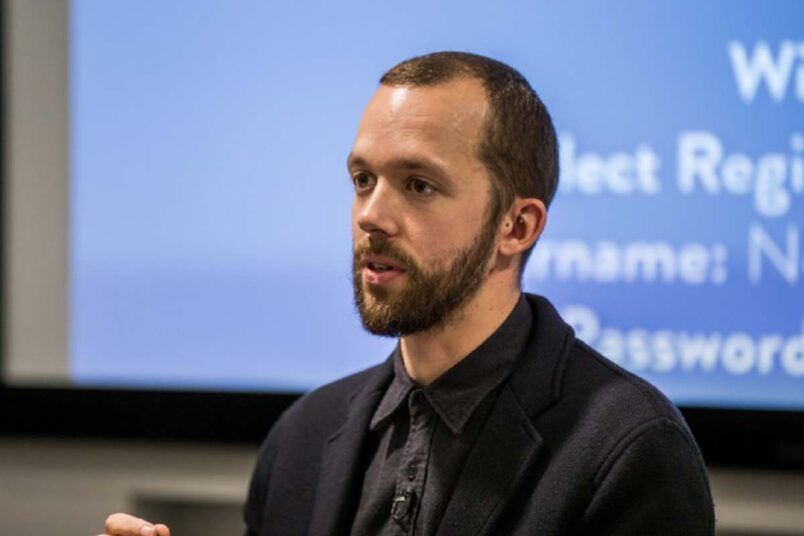
End of life discussions beyond the bedside

It is time to change the culture around death and dying. There is often reluctance from healthcare professionals to instigate end-of-life discussions — highlighting the need to find a way to open up these discussions outside of medicine. It’s time to raise the question:
Is it just the role of healthcare professionals to bring death and dying into the light for patients and their families?
Ivor Williams
Time to talk, or scared to talk?
There is an ongoing contradiction in this arena. Whilst some claim that death and dying is still considered a taboo, we know from our research that many people actually feel comfortable discussing end of life decisions. So, with this in mind, where does ‘the rubber hit the road’ when it comes to death and dying? What realities around illness or legacies are helpful or hindering to more open discussions?
Starting early — well understood, but poorly implemented
Given that only 52% of people would instigate end-of-life conversations themselves, it seems that there is a big issue around acceptance. People need time to open up and make space for end-of-life discussions. This means the conversations need to happen sooner rather than later. This is well understood, but poorly implemented, especially by healthcare professionals who fear destroying hope or adding ‘unnecessary distress’.
Discussing early should not be seen as an additional burden for healthcare professionals — especially if the discussion can be started by others. This is particularly true given that burnout and ‘compassion fatigue’ amongst healthcare professionals is incredibly high.
Harnessing helpful technology
I believe there is an opportunity here for technology to play an assistive and supportive role for friends and families in early discussions around end-of-life care wishes.
We do need to bear in mind, though, that it can be difficult to personalise experiences through technology, especially with complex cultural nuances and human family dynamics.
However, the responsive nature of new technology-driven planning tools can tackle some of the more complicated elements of end-of-life care planning: providing on-demand, anticipatory responses that opens up discussions, and that meet the person ‘where they are’.
In order for this sort of technology to be genuinely helpful, we need to consider the emotional needs of people when they discuss and make end-of-life plans. It is imperative that practical goal and preference setting exercises are augmented with human interaction, rather than replacing them.
Getting around to it
There is an interesting tension between people’s desire to plan, but reluctance to actually do it (A fifth of over 65 year olds want to make an Advance Decision but say they haven’t got around to it yet).
The current systems are not designed to easily capture anyone’s baby-steps into end-of-life care planning, which are vital if you want to be able to encourage a journey from any early interest and engagement. This speaks to the larger, systemic need for systems to be linked together. If conversations and early decisions can be captured, stored and disseminated, a clear, comprehensive picture of a person’s priorities and decisions is more likely.
Sharing the challenge and reaching the right outcomes
From the perspective of patients and families, once a plan is completed, the work is done. However, healthcare professionals know this is far from true.
The challenge for organisations — both public, private and third sector — is to connect the work that families do, to the systems that need them to successfully implement them.
As it stands, in England and Wales there is still not a coherent plan to link advance care plans across the NHS and other health and care services consistently across the country.
For us to succeed in changing the culture, there are two main things that need to happen:
- Firstly, we need to leverage communities outside the healthcare professional to support a wider cultural change around end-of-life care planning. If we can move it out of the strict purview of healthcare professionals, it will not only relieve the pressure on them, but also make discussing, planning and live well with end-of-life decisions more normal for everyone else. This requires a certain relinquishment of control by healthcare professionals.
- Secondly, healthcare services and organisations need to connect those plans to all necessary systems. Imagine the difference it would make it if the information was widespread, easy to access and understand. This is easier said than done, but is the elephant in the room when it comes to a connected future.
This two-pronged approach would go a long way to supporting the people and families who do the hard work of engaging with one of the most challenging experiences we all go through: the end of our life.
Talk to us on Twitter, find Ivor on Twitter, make a comment below or drop us a line to share your ideas. We’d love to hear from you.